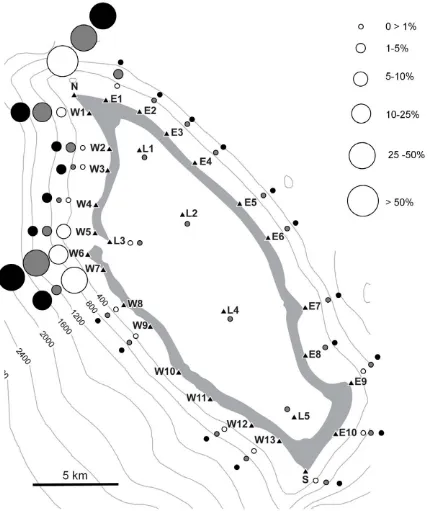Residency and spatial use by reef sharks of an isolated seamount and its implications for conservation
12
0
0
Full text
Figure




+2
Related documents
